Muslims in Europe: Integrated or not?
-
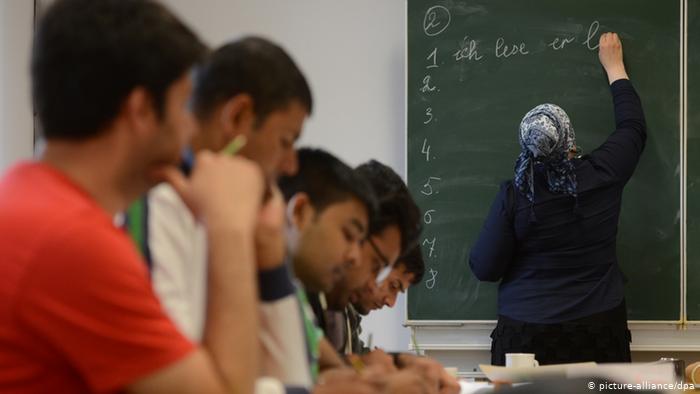
How successful is linguistic integration? Three quarters of German-born Muslims grow up with German as a first language. Among immigrants, only one fifth claim that German is their first language. The trend of language skills improving with successive generations is apparent across Europe. In Germany 46 percent of all Muslims say that their national language is their first language. In Austria this is 37 percent, Switzerland 34 percent -

How do Muslims view interreligious relationships? According to a 2017 study by Religion Monitor, 87 percent of Swiss Muslims have frequent contact with non-Muslims in their free time. In Germany and France it is 78 percent, while in the UK it's 68 percent and Austria, 62 percent. A large majority of Muslims in succeeding generations are found to have constant contact with non-Muslims, despite existing societal hurdles -
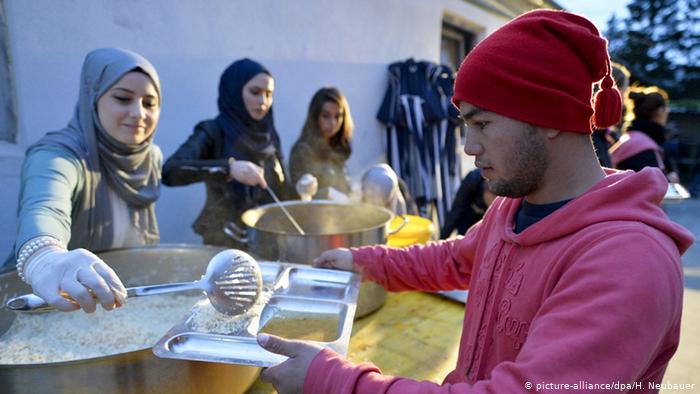
Do Muslims feel connected in Europe? Ninety-six percent of French Muslims feel connected with their country. The percentage of Muslims feeling the same way is equally high in Germany, while Switzerland has the highest levels, at 98 percent. Yet despite its relatively longer history of institutional openness to religious and cultural diversity, fewer Muslims, (89 percent) report feeling close ties to the UK -
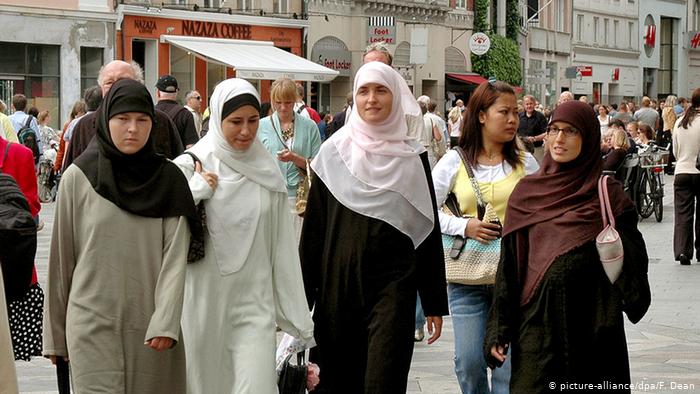
How important is religion in the daily life of European Muslims? Muslims from immigrant families maintain a strong religious commitment that continues across generations. Sixty-four percent of Muslims living in the UK describe themselves as highly religious. The share of devout Muslims stands at 42 percent in Austria, 39 percent in Germany, 33 percent in France and 26 percent in Switzerland -
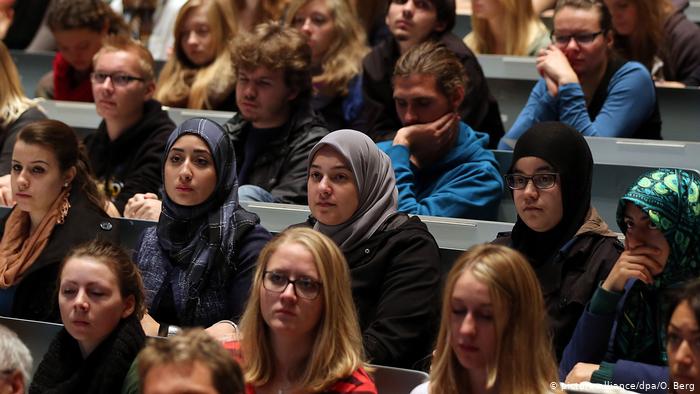
What percentage of Muslim students pursue a degree? According to data, 36 percent of German-born Muslims finish their education by the age of 17, without pursuing further studies. In Austria too, this proportion is around 39 percent. On the other hand, owing to a more equitable school system in France, Muslims there register significantly better educational outcomes. Only one in ten Muslim students leaves school before reaching 17 -
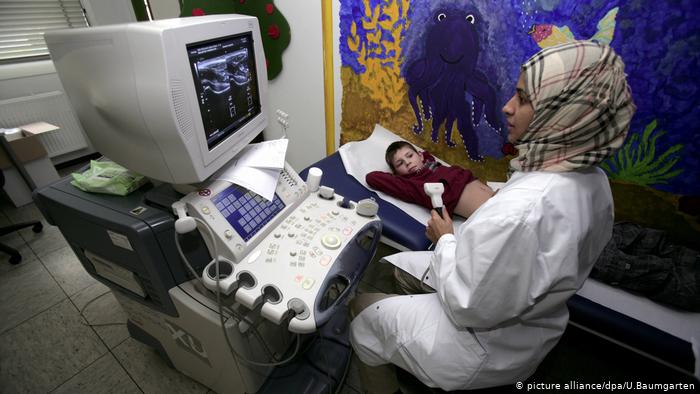
What percentage of Muslims are in the job market? About 60 percent of all Muslims who moved to Germany before 2010 now hold a full-time job, while 20 percent work part-time jobs. The figures are similar to those of non-Muslims. Muslims in Germany had higher employment rates than in other European countries. In France, the unemployment rate among Muslims is 14 percent, far higher than the 8 percent reported for non-Muslims -
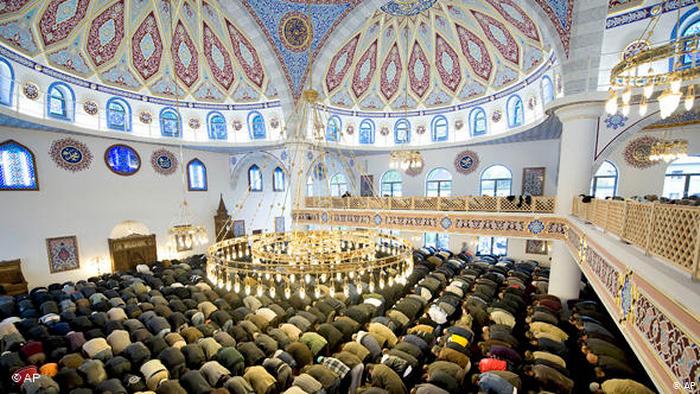
How widespread is the rejection of Islam? More than one in four non-Muslims in Austria do not want Muslims neighbours. This percentage is remarkably high in the UK as well, at 21 percent. In Germany, 19 percent of non-Muslim respondents say that they would not welcome Muslim neighbours. The figure stands at 17 percent in Switzerland and 14 percent in France. Overall, Muslims are among the most rejected social group -

"Muslims in Europe – Integrated but not accepted": the information included in this picture gallery is from the Bertelsmann Foundation’s study titled "Muslims in Europe – Integrated but not accepted?" Conclusions are based on a representative survey of more than 10,000 people in Germany, Austria, Switzerland, France and the UK. Muslim refugees who arrived in Europe after 2010 were not surveyed for the study
https://qantara.de/en/node/18563
Link
To all image galleries